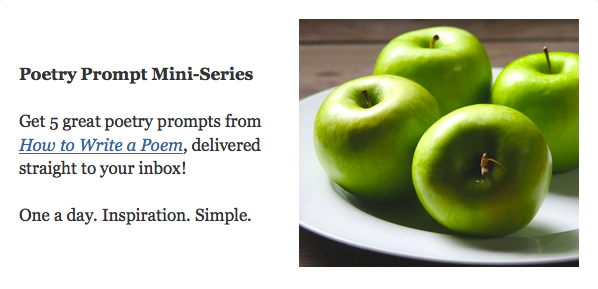
Here is a 14th c. example of a literary rondeau by Jehan Valliant:
Listen, Everyone!
Listen, everyone! I have lost my girl
For he who finds her, on my soul
Even though she is fair and kindly
I give her up heartily
Without raising a stink at all.
This girl knows her graces well
God knows, she loves and is loyal
For heaven’s sake, let him keep her secretly
Listen, everyone! I have lost my girl
Look after her well, this pearl
Let no one hurt or wound her
For by heaven, this pretty
Is sweetness itself to everybody
Woe is me! I cry to the world
Listen, everyone! I have lost my girl
As used in modern day English, the rondeau is a poem of 15 lines of eight or ten syllables arranged in three stanzas— the first stanza is five lines (quintet), the second four lines (quatrain), and the final stanza six lines (sestet).
The first part of the first line become’s the rondeau’s rentrement, or refrain, when it is repeated as the last line of each of the two succeeding stanzas. Apart from the rentrement, which rhymes because it is the same repeated words, only two rhymes are used in the whole poem. The entire scheme looks like this (with “R” used to indicate the rentrement):
aabba aabR aabbaR
The most challenging aspect of writing a rondeau is finding an opening line worth repeating and selecting two rhyme sounds that offer enough word choices.
Try a Rondeau
Following the form written above, flex your poetry muscles and try your hand at writing a Rondeau.
Featured Poem
To inspire your own flow of words, here is a recent poem from Prasanta we enjoyed:
Picture that, on me—
Tickle this fancy neck, please—
Flowers die quickly.
Beauty fades— but these?
Take your thoughts to Cartier—
Tie them with a bow.
Photo by Mark Fugarino. Creative Commons via Flickr.
Browse more writing prompts
Browse poetry teaching resources

“How to Write a Poem is a classroom must-have.”
—Callie Feyen, English Teacher, Maryland
- Poetry Prompt: Misunderstood Lion - March 19, 2018
- Animate: Lions & Lambs Poetry Prompt - March 12, 2018
- Poetry Prompt: Behind the Velvet Rope - February 26, 2018

Donna Falcone says
Prasanta! I really like that poem! 🙂 So glad to see you featured here.
Prasanta says
Thank you, Donna! A lovely surprise!
Rosanne Osborne says
Mouse Trap
Crikey! It is hot in this house!
The air-conditioner must be lousy.
Time to be very still and hope
the catnip addict is high on his dope
forgetting that I am his mouse.
The vote was tight, and loud the grouse,
tough for the prime minister and his spouse.
Dangling from the scaffold, the rope.
Crikey! It is hot in this house!
Decisions made by the country dormouse
will differ from those of a city mouse.
That leaves the aging cat to grope
about the crumbling wall, a trope
for ripe disorder in the queen’s dollhouse.
Crikey! It is hot in this house!